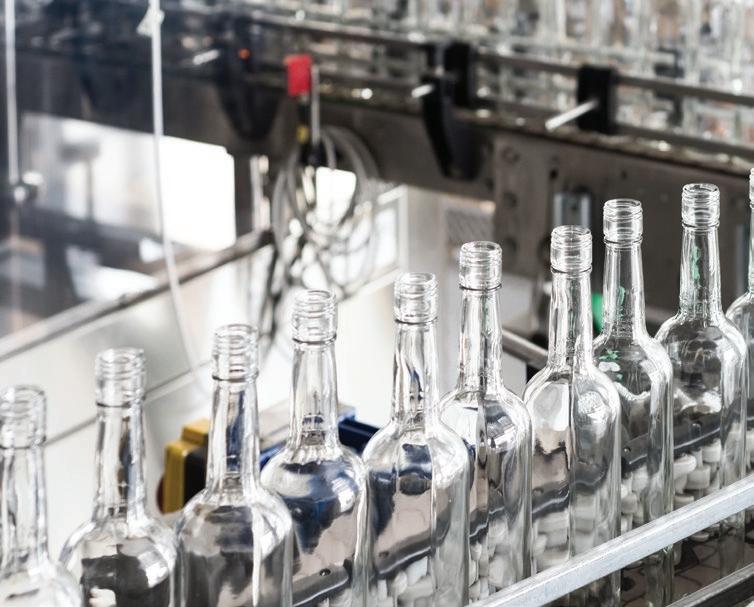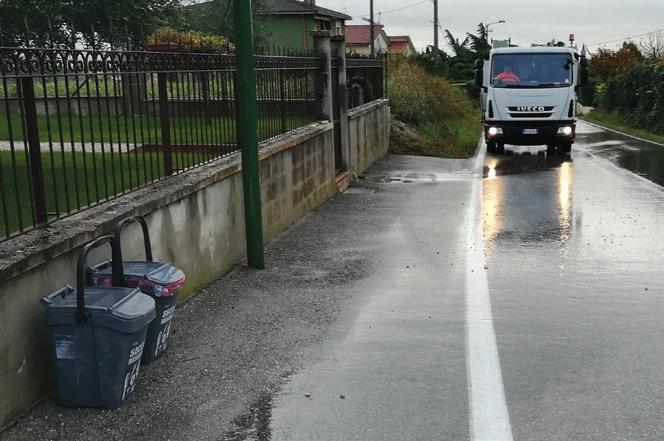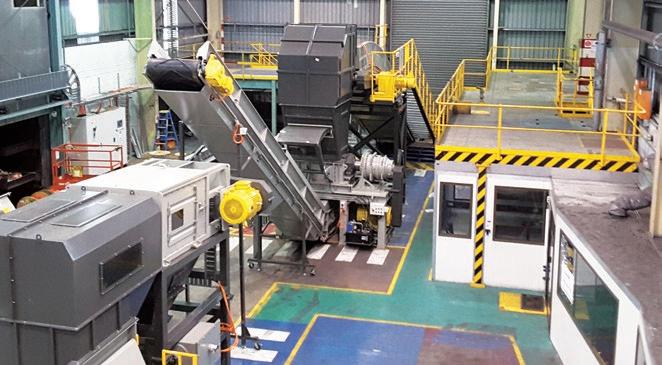WASTE MANAGEMENT IN ACTION – E-WASTE
Mobile extraction MOBILEMUSTER MANAGER SPYRO KALOS TALKS TO WASTE MANAGEMENT REVIEW ABOUT THE RECYCLING PROCESS FOR SMARTPHONES AND THEIR REUSE POTENTIAL.
W
ith recycling across the board gaining significant attention due to China’s National Sword and resulting policy changes, public trust in the process has been challenged. “Plastic not so fantastic”, a recent 60 Minutes report, further complicated matters by suggesting the public’s recycling efforts were being wasted on dubious resource recovery. While waste industry associations say the report didn’t paint a full picture of the Australian recycling industry or its processes, public
MobileMuster’s Spiro Kalos estimates 25 million unused mobile phones are currently sitting dormant in Australian homes.
30 / WMR / July 2019
discussion around China’s National Sword policy continues. MobileMuster, the federally accredited product stewardship program of the mobile phone industry, is focused on educating the public about the mobile phone recycling process to further confidence in the e-waste resource recovery market and increase mobile phone recycling. It’s a significant goal given 89 per cent of Australians own a smartphone, according to a 2018 Deloitte Mobile Survey, and many hoard their devices. Since the product stewardship program began in 1998, MobileMuster has collected and recycled over 1400 tonnes of mobile phone components including handsets and their batteries, chargers and accessories. To date the program has recycled over 13 million handsets. MobileMuster works to provide free mobile phone recycling in Australia and is voluntarily funded by all major handset manufacturers and network carriers such as Apple, Google, Telstra and Samsung. MobileMuster’s 2018 Annual Report estimates that e-waste is growing three times faster than any other waste stream in Australia. It is no surprise then that MobileMuster Manager Spyro Kalos estimates 25 million unused mobile phones are currently sitting dormant in Australian homes. “While we know less than two per cent of mobile phones are being thrown into the general waste stream,
we need to work to reduce the number of mobiles lying dormant in storage,” Spyro says. “There is certainly value in recovering the materials inside those phones to reduce wasted resources.” According to Spyro, what many people don’t know, or rather don’t think about, is their smart phone contains untapped precious metals and raw material, most of which has been mined. Additionally, smartphones contain many of the materials the waste industry and public at large are accustomed to thinking about, plastic, glass and aluminum, making them full of untapped reuse and recycling potential. “I am a strong believer in transparency. When someone recycles their mobile phone with MobileMuster, I want them to know exactly what happens and how the various components are being processed,” Spyro says. “We need to increase the trust of consumers because without their participation, the circular economy breaks down. The industry has an obligation to all its stakeholders to ensure best practice is used when collecting and processing products.” MobileMuster’s recycling partner is TES, a global electronic waste recycler and lifecycle management service. The two groups have been working together for six years. According to Spyro, they work to maximise recovery rates and ensure






